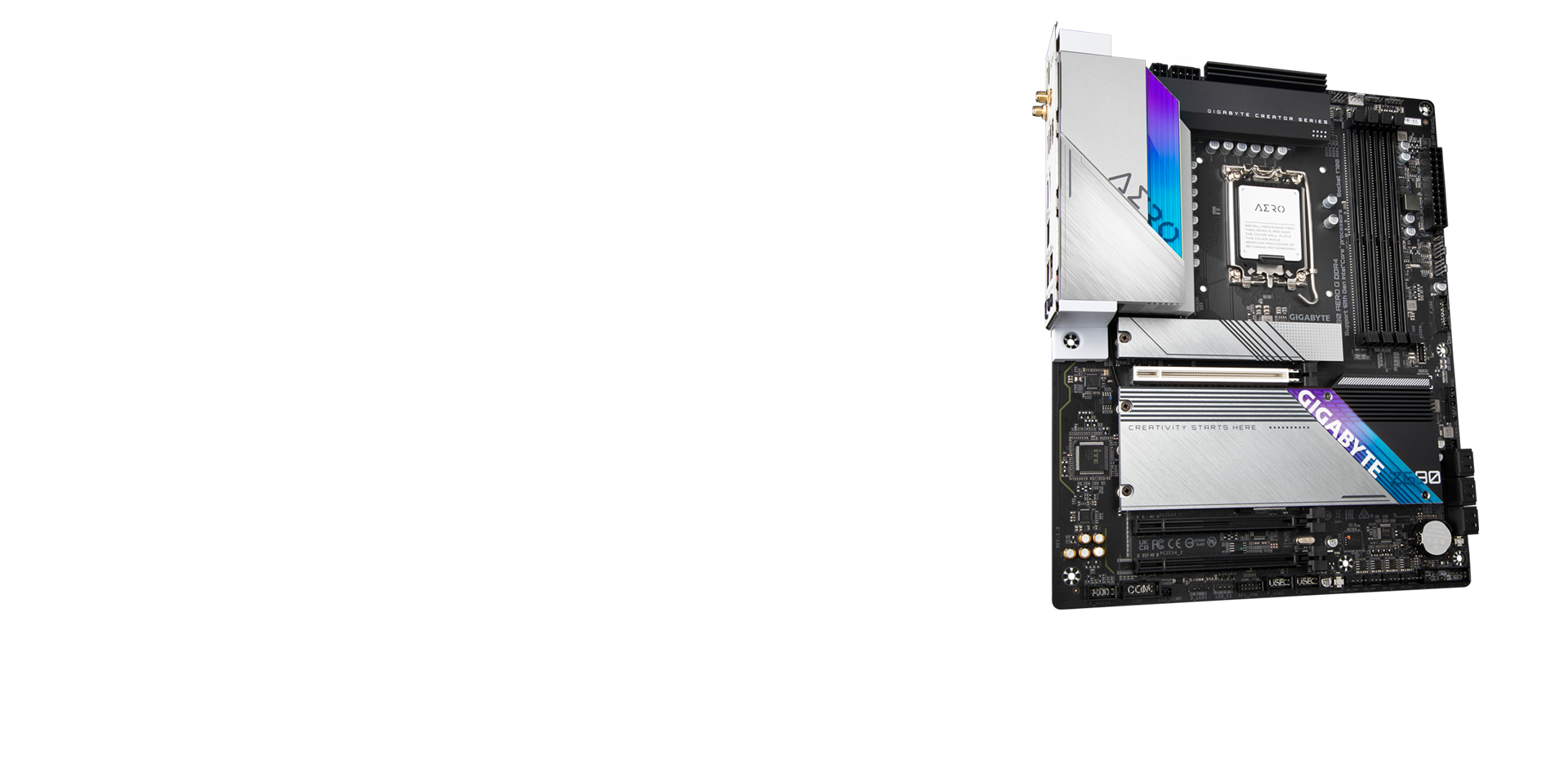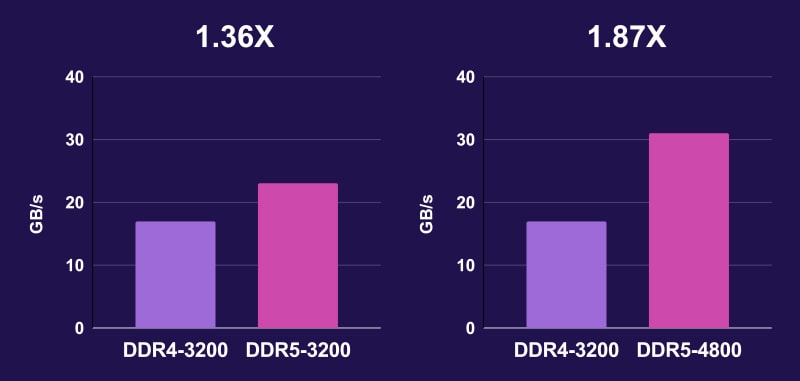

By the way, this alternating of the ranks is called interleaving and you might have encountered it in the BIOS before.īy increasing the number of ranks per channel, we ultimately improve the efficiency of the channel in question, especially for use cases with many rapidly sequenced instructions for memory. So basically we only increase the efficiency of the 64-bit connectors of the CPU (channels) by distributing the work to several corresponding 64-bit connectors at the RAM (ranks). The theoretical bandwith remains the same, but effectively now the ranks can take turns doing work when one is busy with itself.

This is where multiple ranks come into play, because while the CPU only has one 64-bit connector per channel, on the memory side we can install multiple of these 64-bit connectors in the form of ranks. We can see this quite nicely in the AIDA64 read and write tests, where we end up 5-10% below the theoretical maximum bandwitdh with all configs. This inefficiency can be minimized somewhat by tighter timings, but never completely, even with the highest quality memory chips. refreshing itself or waiting for cells to recover from a write operation. Mind you, this is only the theoretical bandwidth, because the main memory has to do other tasks than exchanging data, e.g. 1900 MHz at DDR4-3800, which together with the factor 2 due to Double Data Rate (DDR) results in the theoretical bandwidth: 1900 MHz * 2 (DDR) * 64 bit * 2 (channels) = 486400 Mbit/s = 60800 MB/s (8 bit = 1 byte). If we now use RAM at these two 64-bit connectors, it runs with a certain clock rate, e.g. Quite simple and logical so far regarding the channels. Since these two channels are used in parallel, the bandwidth and thus the throughput is effectively doubled compared to single channel, from 1x 64-bit to 2x 64-bit, effectively 128-bit. two 64-bit connectors, to exchange data with the main memory.


Today’s desktop CPUs usually have two channels, i.e. Quad-Rank – explained in theory and proven with benchmarksįirst we need to take a quick look at the theory behind memory channels and ranks, but don’t worry, I’ll keep it really short. Today we want to examine some of these “myths” and correct them if necessary. Many publications, some of them very well known, prefer instead to talk about “sticks” or modules affecting performance, which is not only wrong but also causes confusion and disinformation in the community. However, unlike channels, ranks are still talked about very rarely, if at all. The fact that you should use your RAM at least in dual-channel if possible has fortunately become widely accepted in the industry today.


 0 kommentar(er)
0 kommentar(er)
